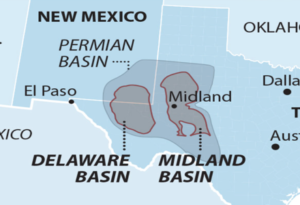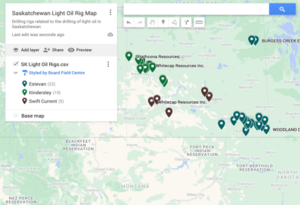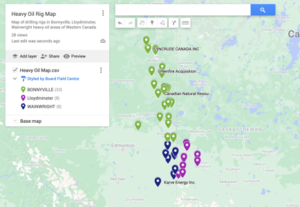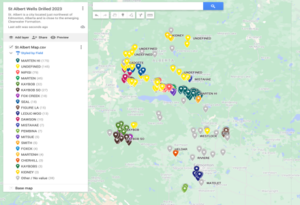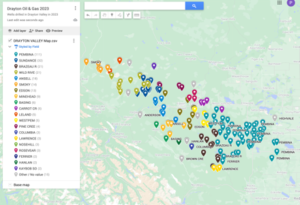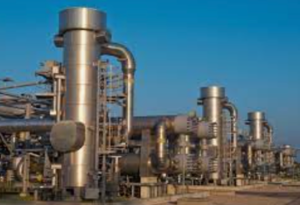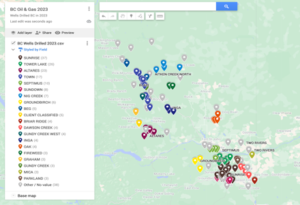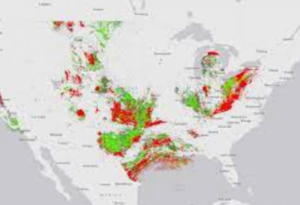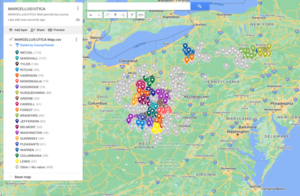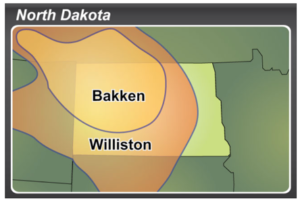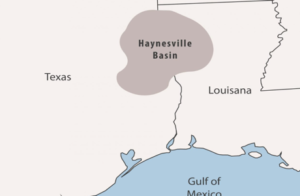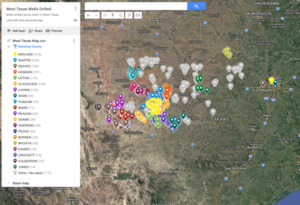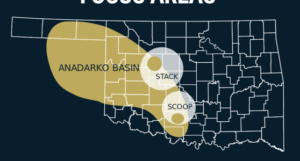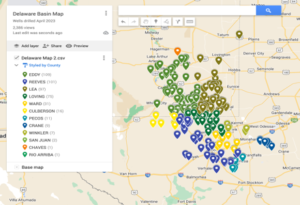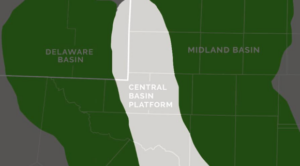At our Cowboy Central Delivery Point in southeast New Mexico, we recently took delivery of 10 brand-new all-electric pickup trucks for use in our Permian Basin oil and natural gas operations. It’s the first time we’ve used EVs in the Permian, or at any of our upstream sites.
These trucks are being used by mechanics, lease operators and others whose jobs involve getting themselves (and equipment) to and from various sites in New Mexico and Texas. They’re being recharged at the Cowboy facility and at our Carlsbad field office.
It’s all part of a pilot program to test the benefits of using EVs in selected U.S. locations. They’ll certainly be put to the test: because the Permian Basin is so large, a typical vehicle there can log 30,000 miles a year.

Where is the Permian Basin?
The Permian is the largest oil-producing basin in the United States, spanning 66 counties in southeast New Mexico and west Texas. Last year, we produced an average of 620,000 barrels of oil equivalent per day in the Permian, representing about half our total U.S. production.
“We expect these EV trucks will require less maintenance, which will help reduce cost, while also contributing to our plan to achieve net zero Scope 1 and 2 emissions in our Permian operations by 2030,” said Kartik Garg, our New Mexico production manager.
These Permian pickups are in addition to subcompact EVs already delivered to our manufacturing sites in Baton Rouge, La., and Baytown and Beaumont, Texas. Employees use these small cars to get around the sprawling sites.
Fleet Coordinator James Spiller, who oversees the pilot, said that while EVs may not be well-suited for all types of operations, depending on results of the pilot, more EVs could be added to our fleet in the future.
Last year, we announced a landmark plan to become a leading supplier of lithium for EV batteries, using a process with expected lower environmental impact than current mining methods. The initial phase of our work, in southwest Arkansas, is underway.


